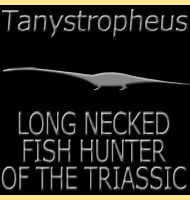Rhiodenticulatus
In Depth Rhiodenticulatus is a genus of captorhinid reptile that lived in the USA during the early Permian. Further Reading - Captorhinid reptiles from the Early Permian of New Mexico, with description of a new genus and species. - Annals of Carnegie Museum 55:1-28. - D. S. Berman & R. R. Reisz - 1986.
